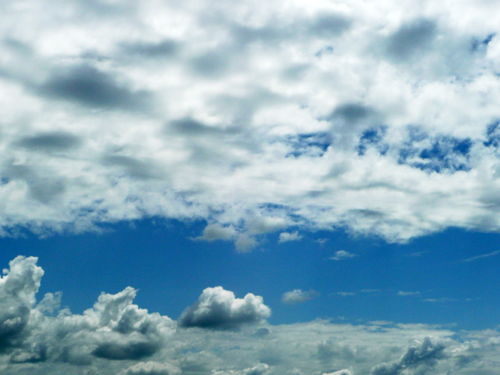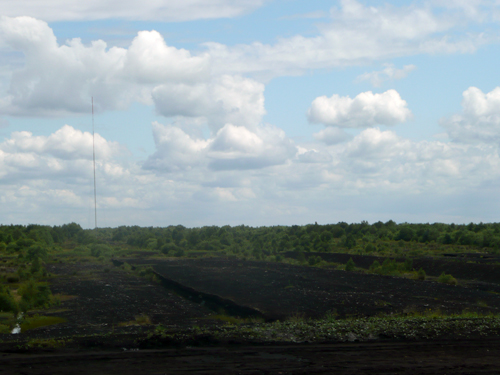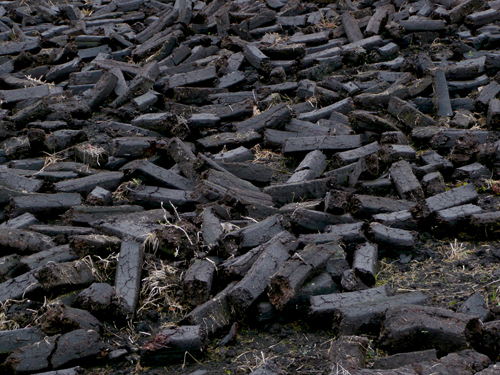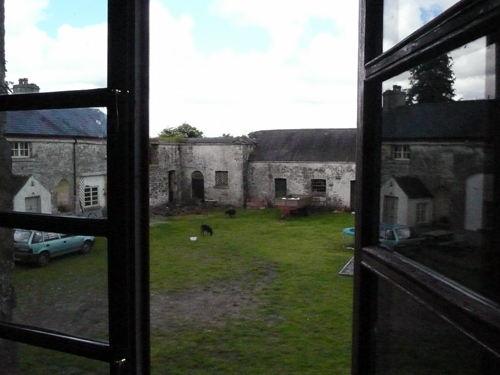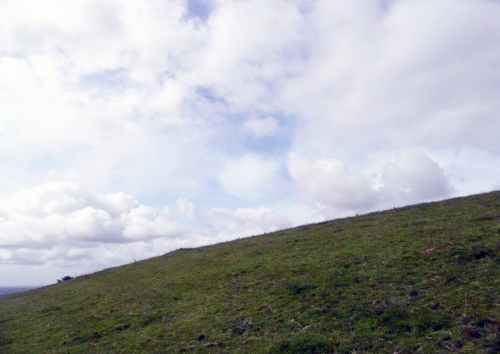“Is it me? For a moment
The stars are falling.
The heat is rising
The past is calling.”
Dr. Jimmy, Pete Townshend, 1973.
So goes the refrain in Dr. Jimmy from the Who’s 1973 album Quadrophenia. The music on this album never really hit my teenage head like their more popular hits did; seems I had to gain some distance on this one. The quoted verse is in the voice of Jim, the possibly more restrained personality of the story’s angsty teenage Mod protagonist. We can risk hipness in returning to this art world practice of grabbing and synthesizing from the obscure, even such a “classic rock” deep cut as this, but can we even say that something so common as AOR[1] is far enough away to be obscure? Maybe only when whispering with the distance of 2012, where nearly everything is available at the touch of a button and always detailed by the devil.
Distance is really what I want to explore, and being in residence at the Good Hatchery in County Offay, Ireland, some miles and miles away from the Chicago heat that I had heard was belting down on the denizens of my fair city, has got my eyes anticipating the horizon that I can see.
Let me get back to Jim in Dr. Jimmy afore I get too far afield. Jim’s got some problems that his Mod brothers can’t seem to grasp in early 60’s Brighton: he’s torn, split at least four ways, with at least one of those ways being introspective. He’s in his own head too much to allow action to take a front seat, and when it does, it tends to be of the violent kind. But the relation of introspection, distance and time is where my head’s at with this. While here at the Hatch (as it’s lovingly called), I have had the opportunity to sit quite still in my head watching the rains come and go, waiting for a break to go do some filming (I’m here supposedly to film the bogs in 16mm; with this admission to folks in town, I often get raised eyebrows or at least a blank gaze, as if I had just reminded them that water is wet or dirt is brown. I reckon in Chicago I would give the same look to someone explaining to me why they are taking a photo of the Sears Tower or Wrigley Field).
It is the rather ubiquitous nature of this landscape image that I am investigating while here. An image so obvious, common, or even shared, that it possibly gets taken for granted. So with ideas of commonalities, the local, and camera in hand; I arrived in Ireland ready to dig, both deeper inwards and outwards towards this foreign horizon. Hoping to get down so far that I’m below Celtic ground.
The Who, although in the classic rock vernacular are pushed on contemporary radio listeners nowadays, are quite a different animal from the Stones, or the Doors, or who-have-you. In heavy rotation at my house recently, the Who’s albums are distinctly odd in flavor in regards to not only the instrumentation, but the mixing, the lyrics, and the band’s demeanor itself. You watch early 70’s footage of them miming on the good Old Grey Whistle Test, and they really do look like four members plucked from four different bands, though they were grooving hard (a testament to this for those not in the know is the Live at Leeds/ Live at Hull reissue). These four personalities, as well as the emerging Quadrophonic sound systems, were to become the inspiration for Townshend’s epic, Quadrophenia. (A sexagenarian version coming to a hall near you, apparently, this fall.) Distant are the rib fests and stadiums of the 80’s, but the thick of it is still present, I guess, as you can hear many a Who song blasting at you from your television. Maybe there is import herein, that once something’s become so common or horizontal, what gets harvested is like a phoenix…but probably not. Things come in cycles and if you are lucky enough to be around for the second harvest, it might just be your turn, as Petey and Rog are finding out as they dig up Quadrophenia today once again. (The Iron Age Rockers?).
The Irish peat bogs are a strangely foreign place to someone like myself who grew up in the midwest of the USofA in a surely middle class kind of town—insert cornfields. The bogs are harvested, when tilled up and dried properly, to provide heating fuel. Sometimes when “your man” goes digging, he finds the remnants of another man long-since buried in both dirt and time, sometimes he finds only more dirt, but if he’s lucky, he finds himself with only time having passed. This distance, if not duration, provides a clear field to allow afterthought, and as with all archeology, length provides us with context I suppose.
With all this speaking of ubiquities, digging and introspection, I’m not talking here only about simple pleasures, like your favorite song on the radio, but about something deeper: the idea that we could find affinity with, or an understanding within, the words (remains) of others, the evidence of place. Could this not be a place of texture or feeling that we are led too through distance itself? The desire for a recognition of that distance leads to epiphany—a potent realization from coincidence that you have found something that describes you, if not, at the very least, your position. Only within the time and space of representation can we see ourselves: Greil Marcus on early record pressing in his book the Old, Weird America, “…people without phonographs. They bought the discs as talismans of their own existence, they could hold these objects in their hands and feel their own lives dramatized.”
“This book is terminal, goes deeply into the subconscious and plows through that period of time like a rake. Greil Marcus has done it again.” -Bob Dylan
Sitting here gazing out the window at the courtyard, watching the goats chew, cats slink, and clouds graze, I found my discipline pressed. Stuck in reverie, thoughts and questions keep pulling me back to the task at hand; get out of the head and move towards the table or the field. Those leaves ain’t gonna rake themselves, so to speak. In these moments time was passing in the familiar ways of hours becoming both seconds and days. During July in County Offaly, dusk comes on around 10 pm or so, and before I realized it the tide had come in and this forever day had finally come to a close with few mechanicals completed but much mining.
The sheer obviousness, the concreteness of these surrounding images or sounds becomes so weighty that there can be naught else in the end. What else might there be other than to impress yourself back upon this landscape, this distance we have with horizon and time? To not only look back upon the relation distance has to you but vice versa. Here’s hoping all these questions allow the acreage to lie fallow a bit longer.
Exhausting work, this.
“There’s a story that the grass is so green,
What did I see?
Where have I been?
Nothing is planned by the sea and the sand.”
– Sea and Sand. Pete Townshend. 1973.
[1] Album Oriented Rock: the diffusion of progressive FM radio programming from the exploratory 1960’s into the slicker sounding 1970’s limited roster of artists we have come to know as “classic rock radio.”

